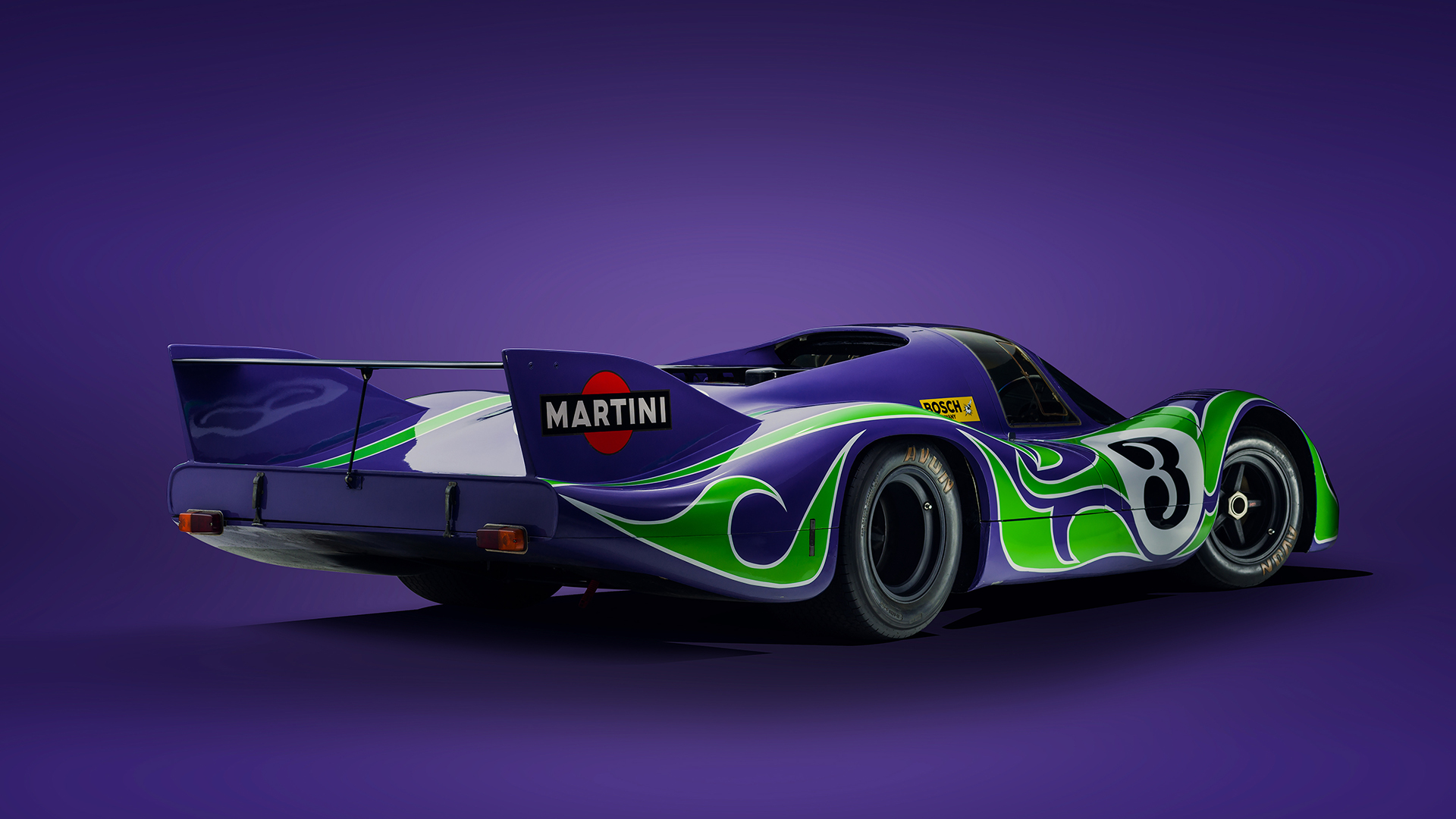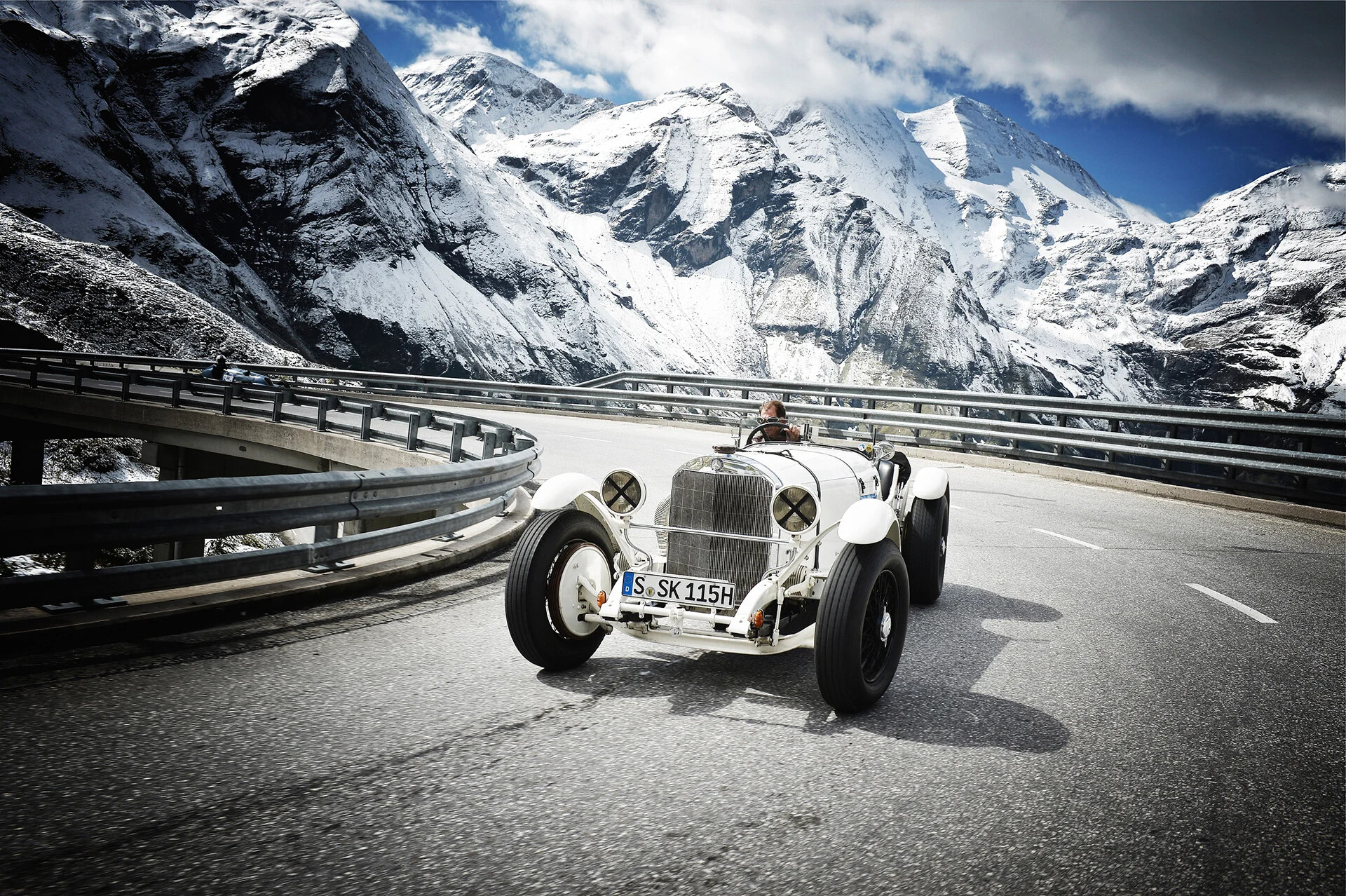The History of Colors in Racing: The Power of Creativity
09 November 2024 4 min read 5 images

Photo credit: Audi, Formula 1, Porsche, Team Goodsmile
Sponsorship on race cars, often just a brand logo, actually opens up creative possibilities that captivate audiences and photographers. Here are some standout examples.
Register to unlock this article
Signing up is free and gives you access to hundreds of articles and additional benefits. See what’s included in your free membership. See what's included in your free membership.
Already have an account? Log In


